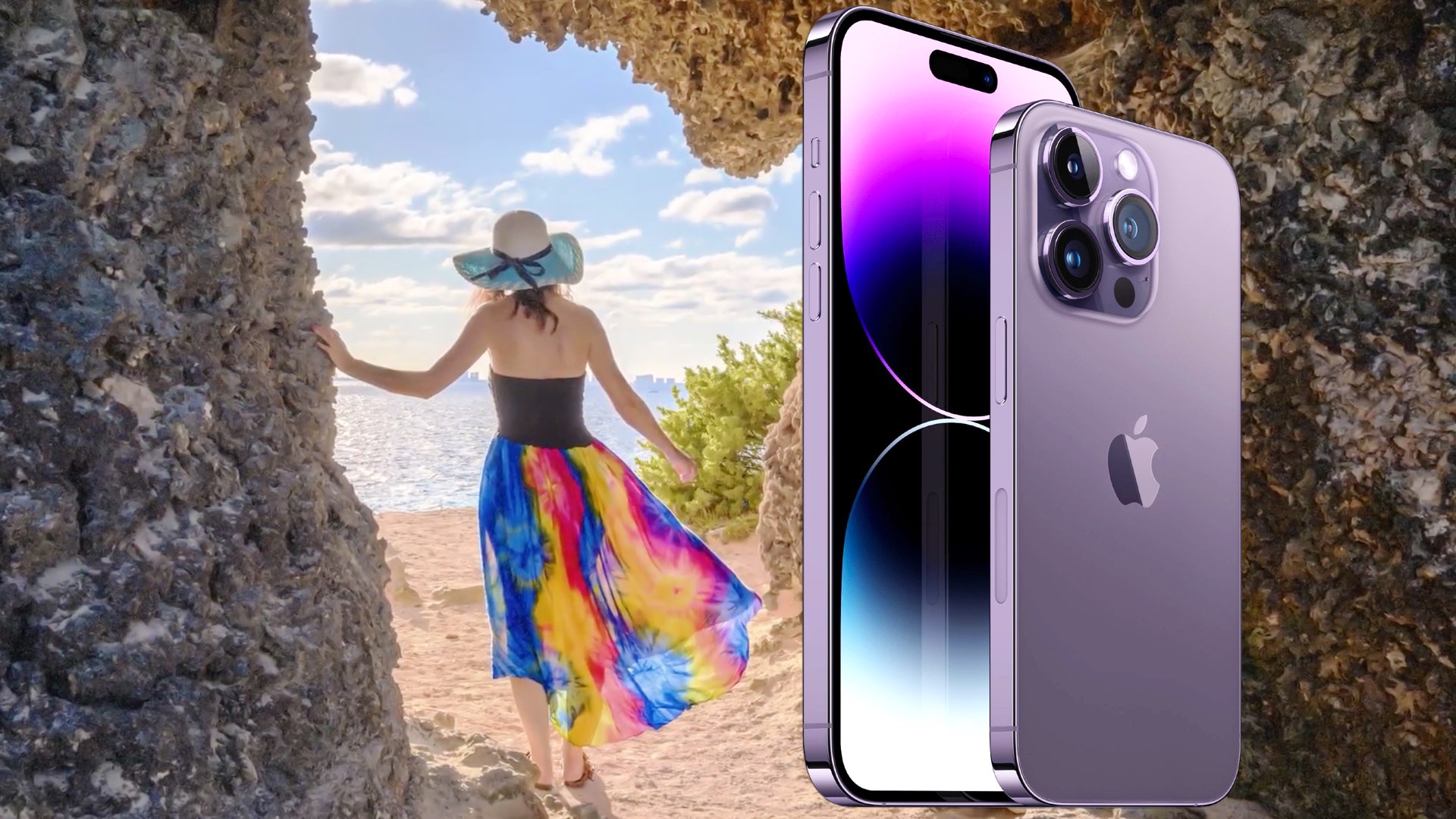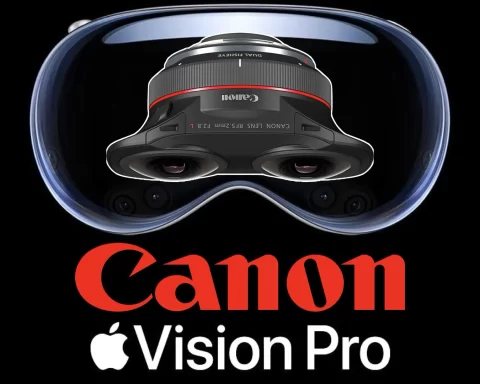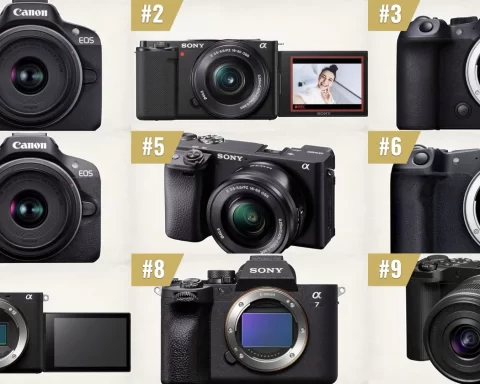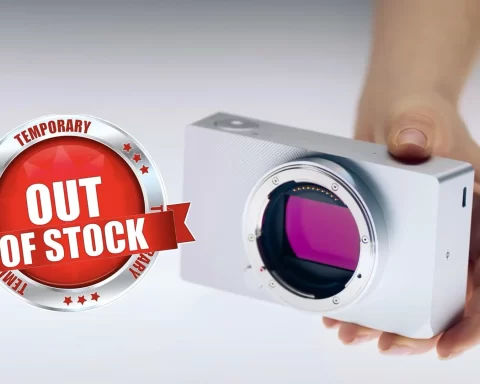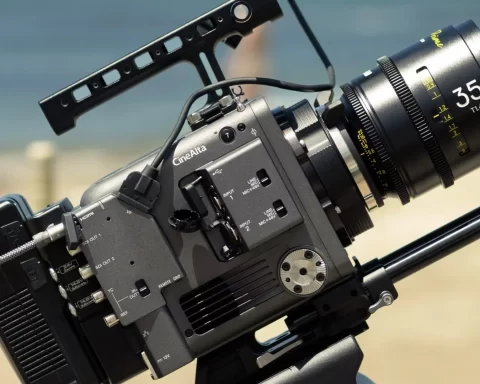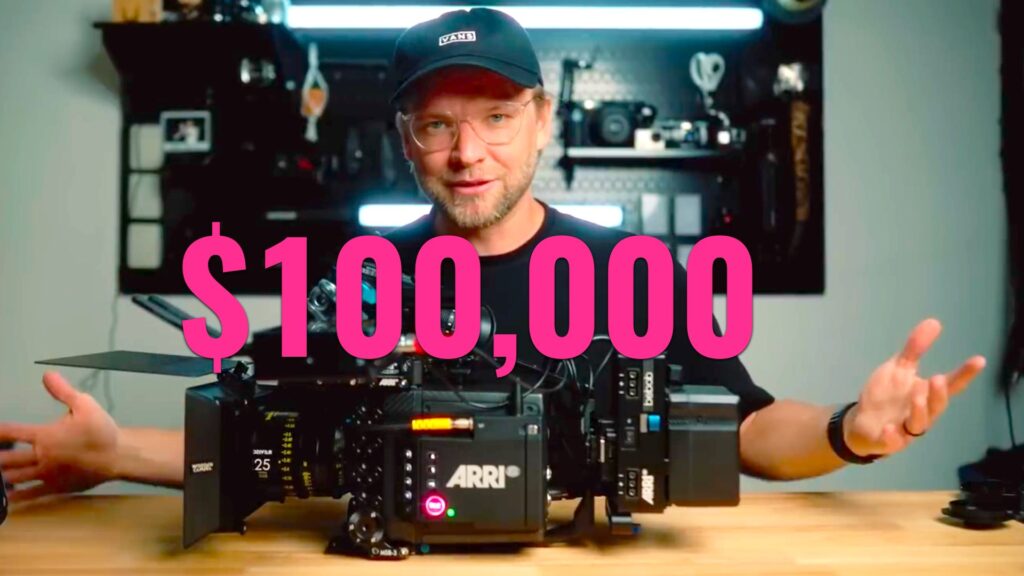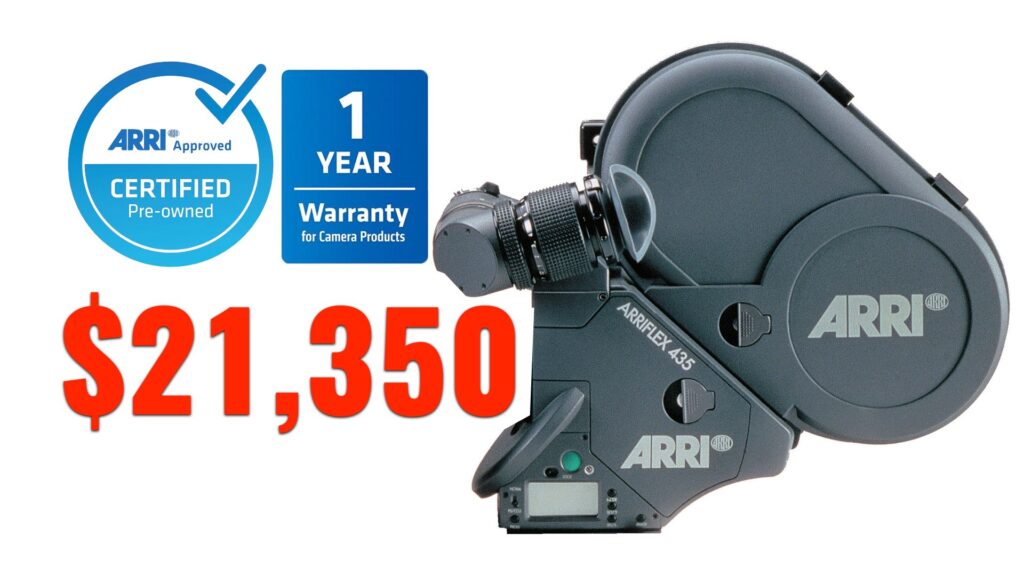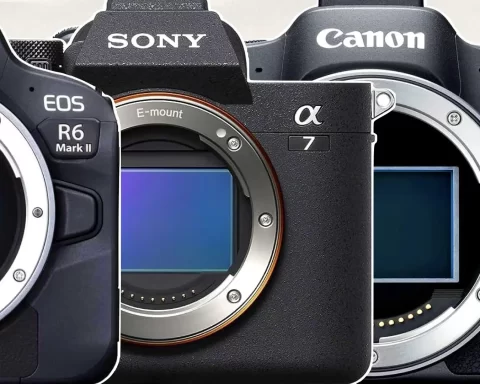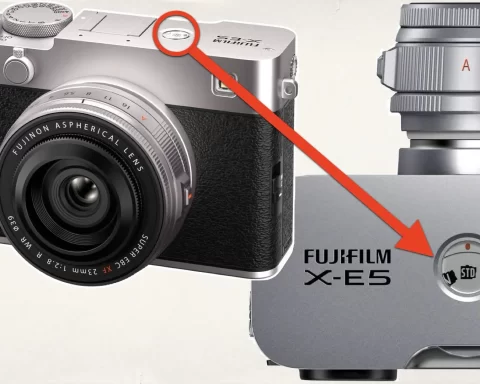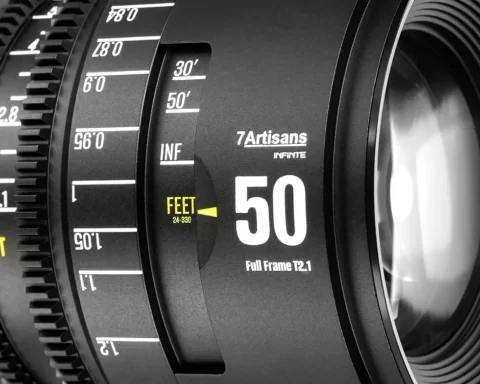Sony Semiconductor Solutions Corporation (“SSS” — (this name must be replaced…)) has published a demonstration of its new “World’s first stacked CMOS image sensor technology with 2-Layer Transistor Pixel”. The demonstration shows pictures with a very high dynamic range. As this sensor is most probably implemented on the forthcoming iPhone 15, we might be seeing here the potential of the iPhone 15 camera.
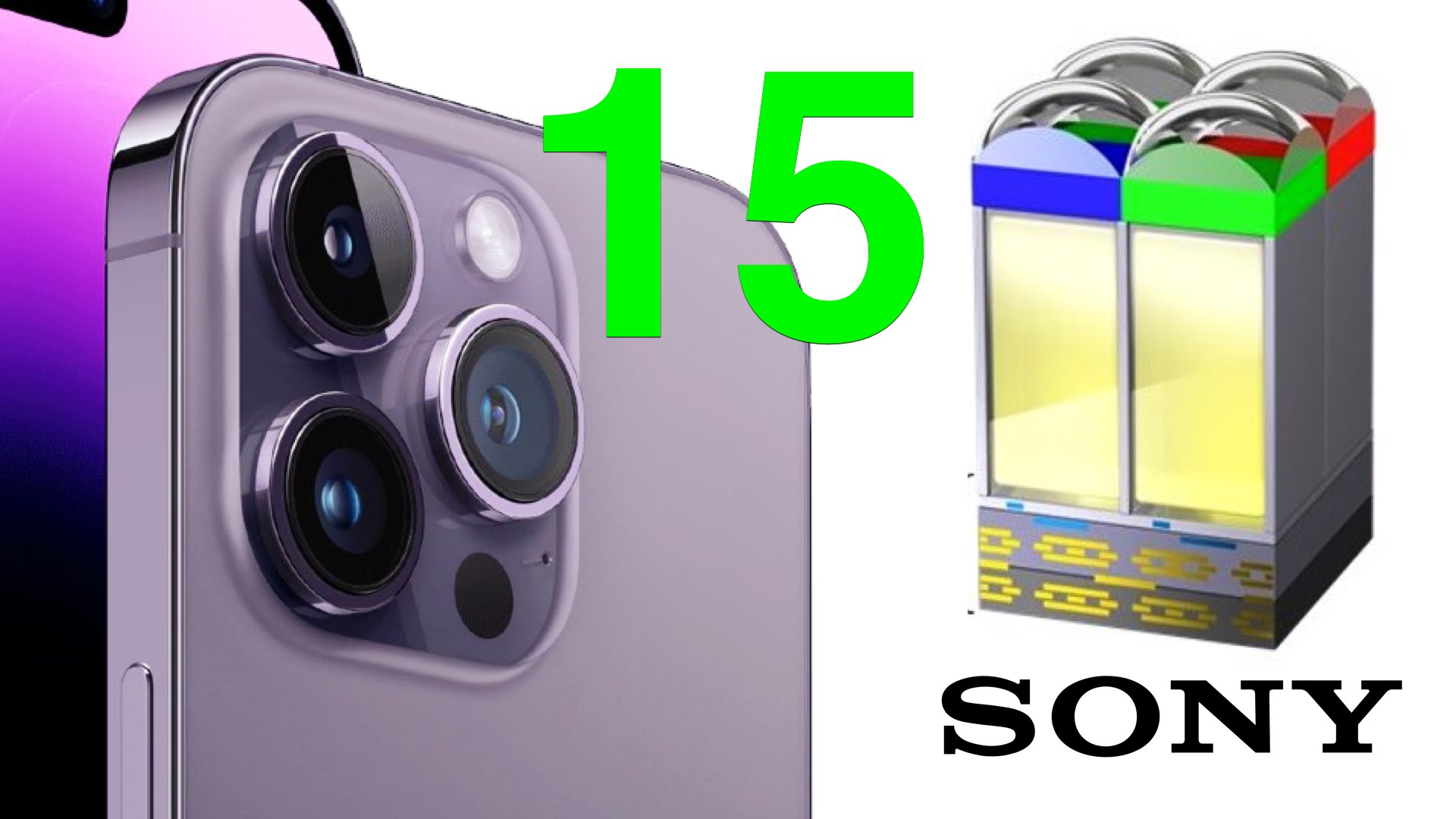
This new technology will mitigate underexposure and overexposure in settings with a combination of bright and dim illumination.
Sony
Stacked CMOS 2-Layer Transistor Pixel
According to Sony, this new technology will mitigate underexposure and overexposure in settings with a combination of bright and dim illumination (e.g., backlit settings) and will enable high-quality, low-noise images even in low-light (e.g., indoor, nighttime) settings. The new sensor is defined as the “World’s first stacked CMOS image sensor technology with 2-Layer Transistor Pixel” and allows a very high dynamic range. Sony has published a few schematic demonstrations since, but now we can see the actual footage of this new demonstration. Explore them below:
iPhone 15 camera’s sensor
As we wrote here before, the forthcoming iPhone 15 incorporates this new Sony sensor (most probably). Just a reminder, —It’s well known that Sony is the dominant sensor manufacturer Apple utilizes on its iPhones. For instance, the Sony IMX703 sensor (4032 x 3024, 12.2 Mp and size of 1/1.65”) is implemented in iPhone 13 Pro, iPhone 13 Pro Max, iPhone 14, and iPhone 14 Plus. However, according to a report by Nikkei, it appears that the anticipated iPhone 15 will incorporate a brand new sensor (also by Sony) with the novel architecture of the 2-Layer Transistor Pixel. “This sensor design will allow videographers to shoot enhanced imagery with better dynamic range and reduced noise levels” stated Sony.

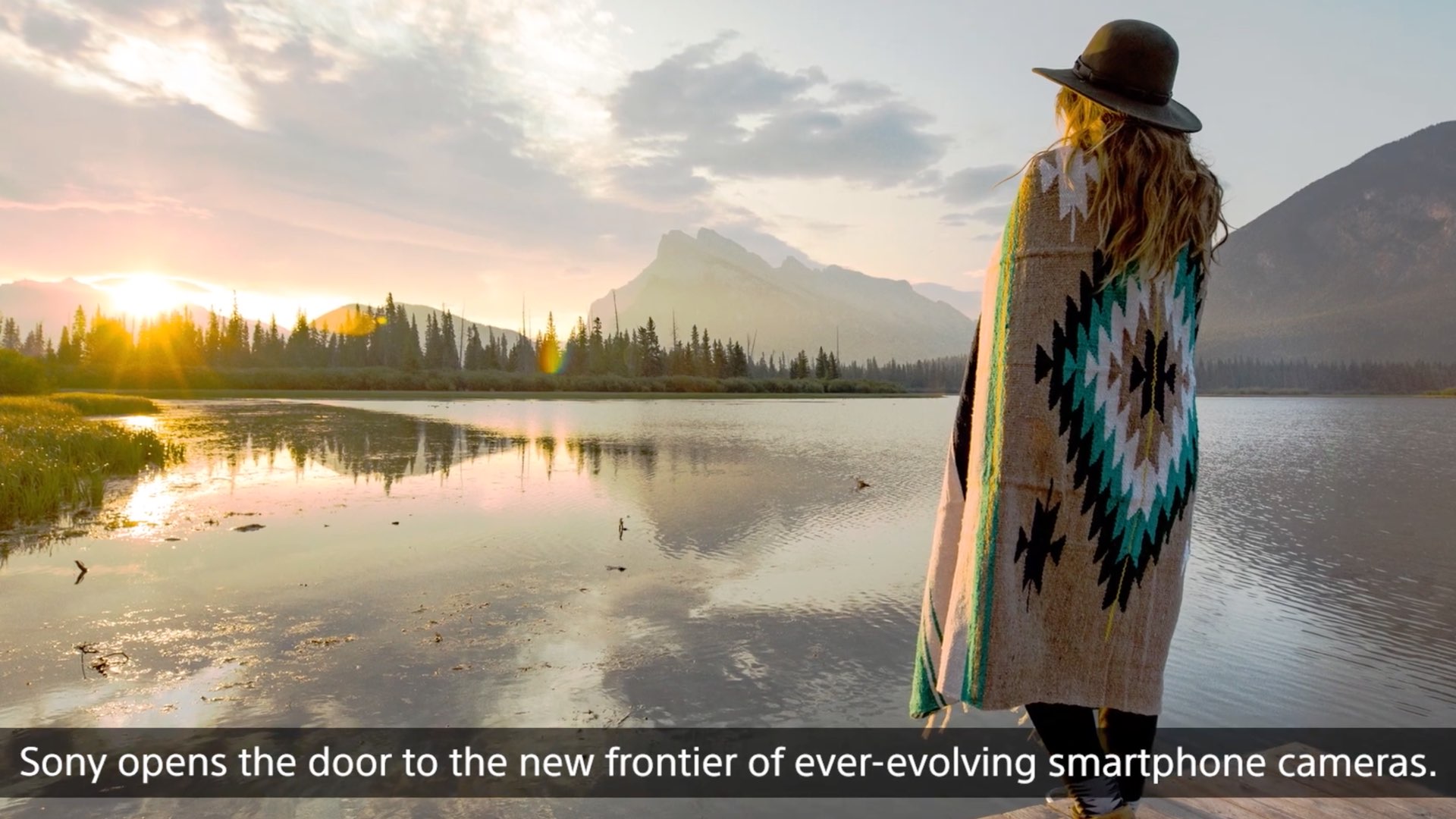
This sensor design will allow videographers to shoot enhanced imagery with better dynamic range and reduced noise levels.
Sony
Enhanced Dynamic Range
If this new stacked CMOS image sensor technology with 2-layer transistor pixel will be actually implemented on the anticipated iPhone 15, then we should be seeing a significant imagery improvement, especially regarding one of the most important factors: Dynamic Range. For instance, check out the slides below which show a simulated image (SDR) of a conventional stacked CMOS image sensor, vs, the simulated image (SDR) of a 2-Layer Transistor Pixel.

In iPhone 15 we should be seeing a major imagery improvement, especially regarding one of the most important factors: Dynamic Range.
Enhanced low-light capabilities
As stated by Sony: “By increasing the size of the amp transistors, the 2-Layer Transistor Pixel technology has succeeded in substantially reducing noise which can affect images taken in dark settings. High-quality, low-noise indoor, nighttime and other dark-location images are now possible thanks to this technology, without having to increase the size of the image sensor”. Explore the slide below. The left picture was shot with a conventional stacked CMOS image sensor, vs. the right picture which was captured with the new 2-Layer Transistor Pixel stacked CMOS image sensor:
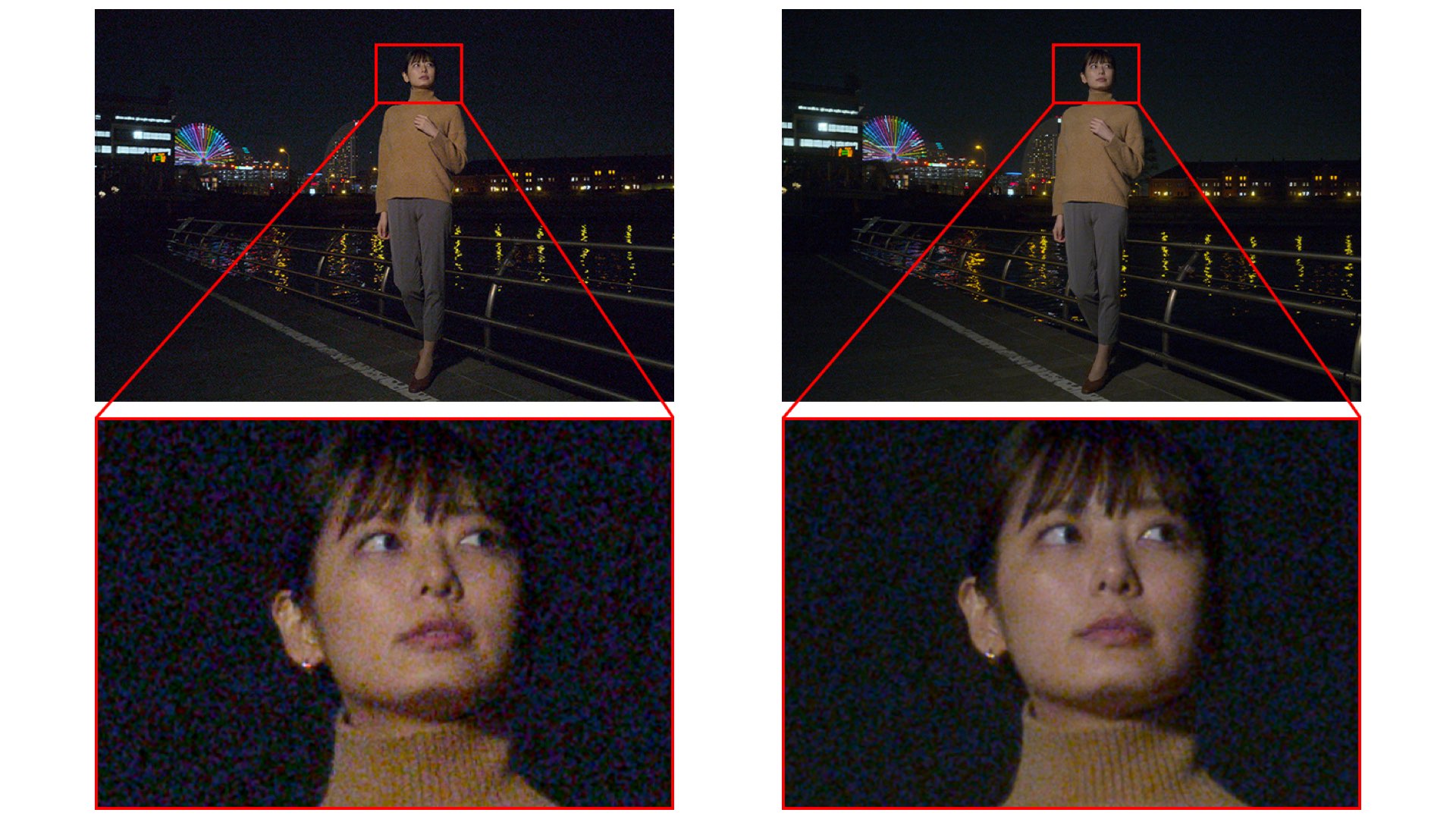
High-quality, low-noise indoor, nighttime, and other dark-location images are now possible thanks to this technology, without having to increase the size of the image sensor.
Sony
Summary
This is the first time we have seen pictures captured by the new sensor. Hence, we might be seeing the first pictures of the iPhone 15 camera, and what’s capable of. Hence, the iPhone 15 camera strengths will focus on two parameters: Higher dynamic range, and better low-light performance. What’re the chances that this new sensor is implemented on the iPhone 15? Pretty high we’d say. Indeed, it’s time for Apple to improve its iPhone’s cameras.

